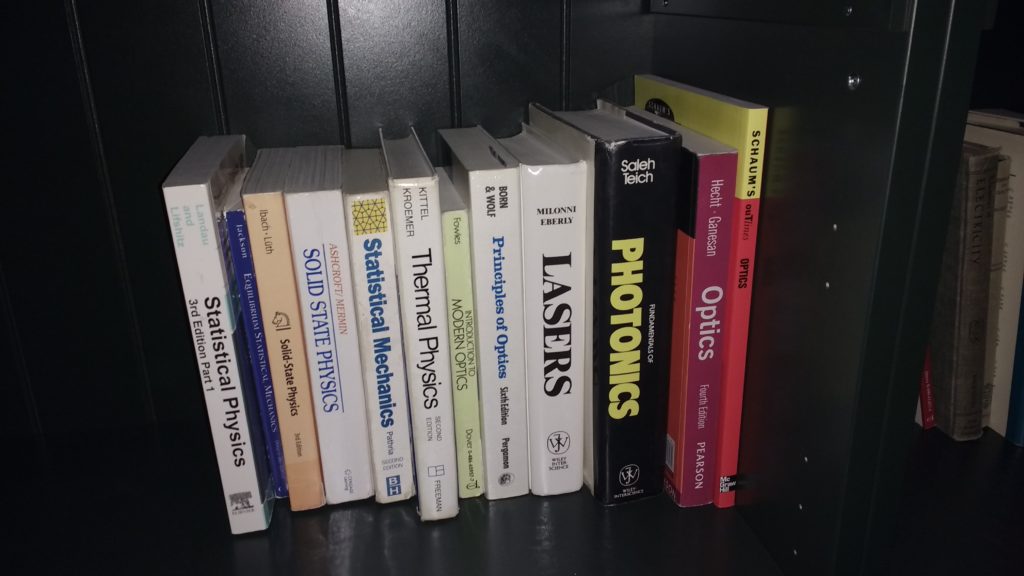York region district school board is preparing to roll out their “Every Student Counts Survey” for primary grades (to be answered with parental assistance) or by oneself in grade 7-12 that’s packed full of the extreme identity politics that is discussed so widely in podcasts these days.
Here’s a link to a sample copy of the survey for kindergarden to grade 6, and one for higher grades. The one for the little kids is particularly absurd, asking the kids or parents to pick from gender identities of male, female or one of the following 7 additional options:
- Gender Fluid (Of, relating to, or being a person whose gender identity or expression changes or shifts along thegender spectrum.)
- Gender Nonconforming (Not being in line with the cultural associations made in a given society about a person’s
sex assigned at birth.)
- Non‐Binary (Refers to a person whose gender identity does not align with the binary concept of gender such as
man or woman.)
- Questioning (Refers to a person who is unsure about their own gender identity.)
- Transgender (Refers to a person whose gender identity differs from the one associated with their birth‐assigned
sex.)
- Two‐Spirit (An Indigenous person whose gender identity, spiritual identity or sexual orientation includes
masculine, feminine or non‐binary spirits.)
- A gender identity not listed above (please specify):…
as constrained by the footnote: “A person’s internal and deeply felt sense of being a man, a woman, both, neither, or having another identity on the gender spectrum. A person’s gender identity may be different from the sex assigned at birth (for example, female, intersex, male).”
These are questions being asked of kids that are potentially still many years away from puberty! Why on earth is there such pressure to have the kids pick from or even try to understand these host of made up categories?
When I was in grade 7 I got teased about being gay because I was too shy to ask a girl on a date (or accept a date, in one instance). Heck, I was a virgin until I was in my early twenties. If this level of gender propaganda was being pushed when I was a kid, I’d have to have started wearing a lipstick and blouses just to fit it. All because I was introverted and shy. My sexual identity had nothing to do with these plethora of current gender categories, but just because I hadn’t clued in that you had to communicate to the opposite sex if you wanted to make any progress towards sexual goals. Time is required to figure this stuff out, and having to choose prematurely, seems, to be blunt, completely stupid.
There’s some other stuff in this survey that is just bizarre. The desire to label is so severe that it appears they are also making up new races:
Latino/Latina/Latinx
Googling Latinx, which I hadn’t heard of, and isn’t defined in any of the “helpful” footnotes, it appears that they are pushing gender politics into race too. Wikipedia says of this: “Latinx (la-teen-ex) is a gender-neutral term sometimes used in lieu of Latino or Latina”.
Here’s some samples of the gobbledegook that this survey is packed full of:
- People can be treated differently based on their religion, or perceived religion, which can lead to negative impacts and unequal outcomes. Islamophobia and antisemitism are examples of the way religion can be racialized. People can experience racism not only based on skin colour but also other perceived characteristics that are associated with religion.
- Bullying is an ongoing misuse of power in relationships through repeated verbal, physical and/or social behaviour that causes physical and/or psychological harm. It can involve an individual or a group misusing their power over one or more persons. Bullying can happen in person or online, and it can be obvious (overt) or hidden (covert).
- Discrimination is being treated negatively because of your gender, racial background, ethnic origin, religion, socioeconomic background, special education needs, sexual orientation, or other factors. Discrimination can be intentional or unintentional.
- Harassment is engaging in a course of vexatious [annoying or provoking] comment or conduct which is known or
ought reasonably to be known to be unwelcome.
- Race is a social construct that groups people on the basis of perceived common ancestry and characteristics and affects how some people are perceived and treated. Race is often confused with ethnicity (a group of people who share a particular cultural heritage or background); there may be several ethnic groups within a racialized group.
I wonder how much money York region is paying to roll out and process this survey? As well as injecting chaos and insanity into the school system in liew of actual content, it seems like a pointless waste of time and money that will provide little useful information.
If you want to make progress in education, how about stripping out some of the crap. There’s no shortage of that. Let’s not confuse kids with four different pictoral multiplication algorithms, so that they’ll give up and end up using calculators. How about not injecting terminology into math education like “commutative” in grade 5 when you won’t see non-commutative (i.e. matrix) multiplication until university (since linear algebra seems to have been dropped from the high school curriculum for all intents and purposes). Arg!
Like this:
Like Loading...












